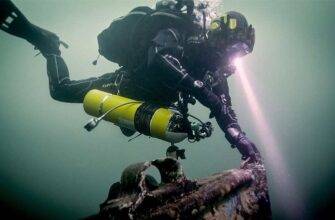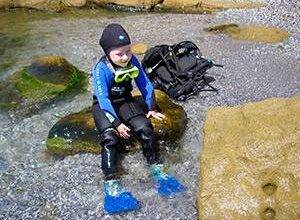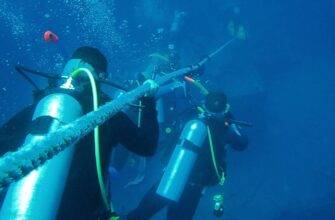Oxygen intoxication is quite a serious problem. One should know the typical symptoms of the onset of CNS oxygen intoxication:
Fatigue and distracted consciousness,
dizziness, ringing or music in the ears,
visual disturbances (tunnel vision),
nausea, headache,
twitching of lips, nose, cheeks, diaphragm,
impaired coordination of movements,
seizures and loss of consciousness.
At the first of these manifestations, begin normal ascent to lower the partial pressure of oxygen, and switch to air breathing as soon as possible. Minor oxygen intoxication may not cause any harm.
Still, it is worth adhering to the established limits, rather than relying on the fact that you can react in time to the first signs of intoxication. Manifestations can appear suddenly, the symptoms can progress rapidly, and even outside help will be useless.
So, to avoid CNS intoxication, do not exceed the depth and dive time allowed. Because the nitrogen no-decompression time limit is usually much less than oxygen time limittime limit, there is less chance of exceeding the time limit than depth.
When using NIGHTROX mixtures during dives close to maximum allowable depthit is very important to control the buoyancy!
Two basic rules to prevent oxygen intoxication of the CNS:
Always check and record P02 and PO2 for each dive using NITROX mixture..
Never exceed the maximum depth and oxygen time limit.
Low doses of oxygen inhaled for long periods of time lead to pulmonary oxygen intoxication. The most noticeable symptoms are a burning sensation in the lungs and a frequent dry cough. Pulmonary oxygen intoxication occurs more frequently in patients who use oxygen for medical purposes for prolonged periods of time, and not in scuba divers who use NAITROX mixtures to breathe.
Read More:




